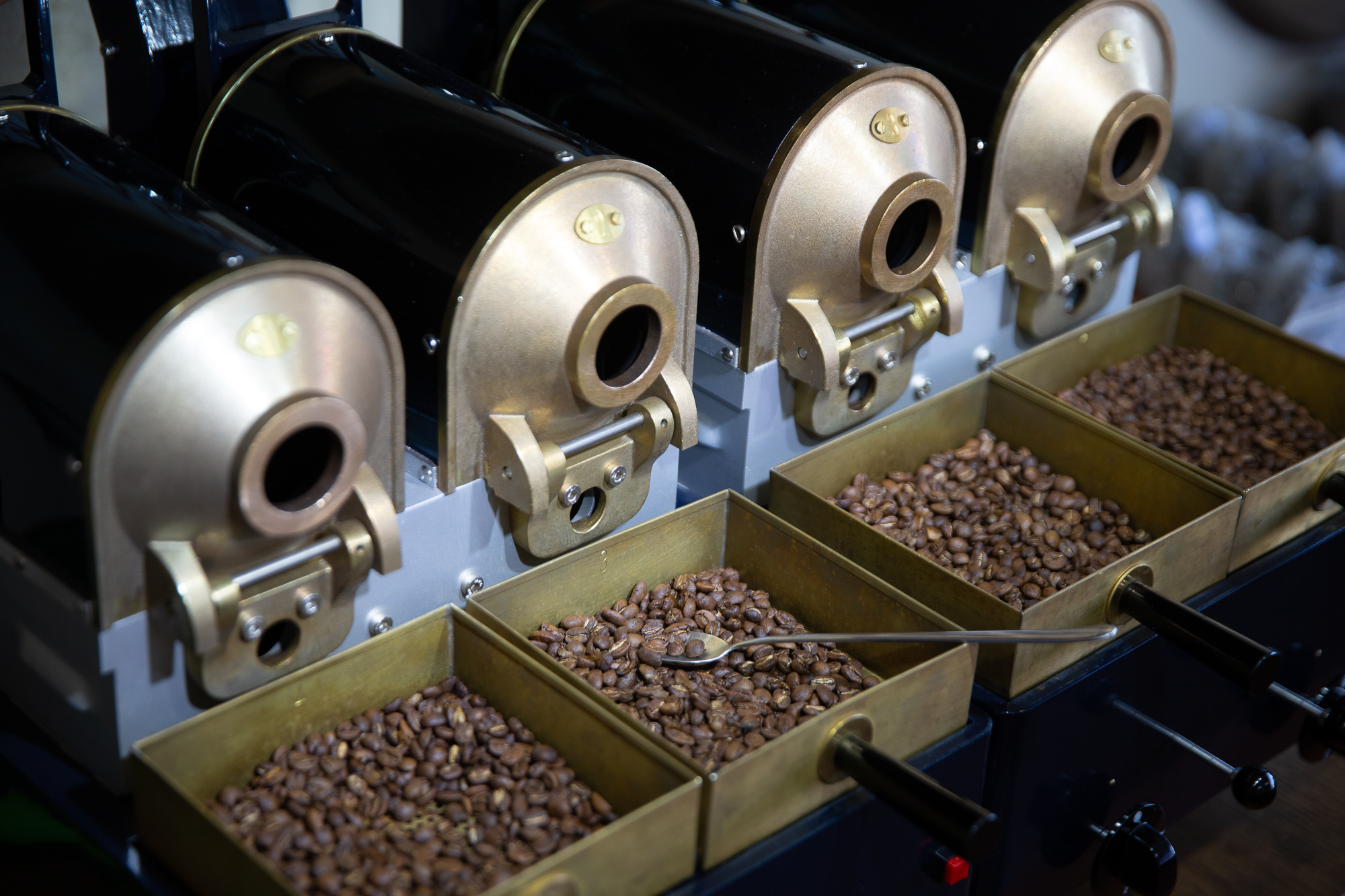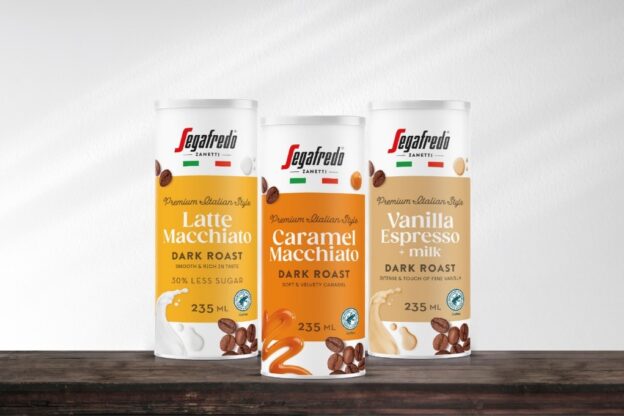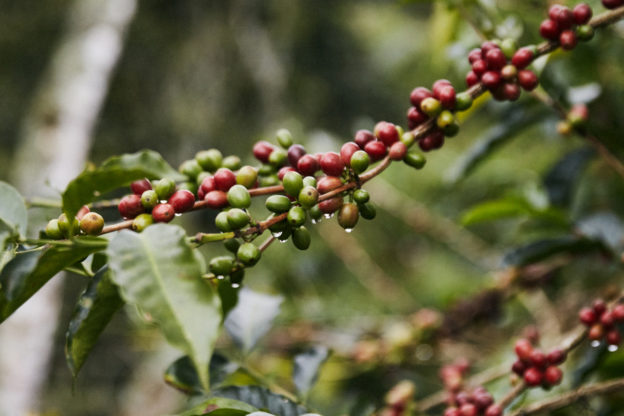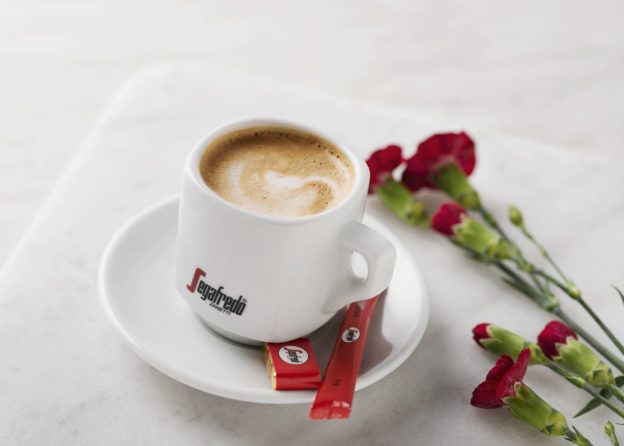Coffee cultivation
Coffee is a shrub of African origin that grows cherry-like red berries. An evergreen tree can grow up to 15 meters in height. However, the coffee bush is cut to a height of a couple of meters to make it easier to pick the berries by hand.
The coffee bush produces its first crop at about 2-4 years of age, but it usually produces its best crops at 7-8 years of age. One bush yields about 4-5 kilos of berries, from which about 600-700 grams of green coffee is obtained. This means an average of 1 package of coffee.
Handling
The flesh and skin are removed from the berries with two different methods. In the dry method, the berries are dried in the sun for a couple of weeks, after which they are peeled mechanically.
In the wet method, the flesh is first removed. It can be done by mechanical processing or by natural soaking. Even after mechanical processing, the beans are soaked in water for more than 24 hours. After the removal of the flesh, the beans are fermented. The beans are then washed and dried and the skin is peeled.
Roasting and grinding of coffee
Once the coffee batches have been approved by the roastery, they are tasted several more times before use. Roasting is a key stage in coffee processing. When roasted, the raw coffee changes from green to brown, from hard to brittle. For example, raw coffee is roasted in a roasting bowl in a stream of hot air until the temperature of the bean is between 200 and 230 degrees. The roasting time is 6–8 minutes for traditional Finnish coffee qualities and slightly longer for dark roast coffees. The size of the bean increases during roasting, and as the moisture evaporates, the bean loses some of its weight.
Today, the slow roasting method is also trending. The coffee is roasted for up to 10-14 minutes at lower temperatures. Slow roasting allows the coffee to develop more thoroughly and the end result is usually a less acidic roast that combines sweet and balanced aromas.
Coffee roasting at Meira is automated, which guarantees consistent coffee quality.
In addition to precise roasting, the coffee beans must be ground properly. Proper grinding ensures that flavors and flavors dissolve in the coffee beverage. Roasted beans or coffee grounds are packed in airtight laminated packages. The packaging protects the coffee from oxygen, light and moisture and retains the aromas of the coffee.
Coffee quality control
Coffee is a natural product. The taste varies depending on the place of growth, species, variety and natural conditions. The taste characteristics of roasted coffee remain the same despite yield variations. This requires strong professionalism, long experience and a practiced taste memory from the experts of the roastery.
Hundreds of cups of coffee are tasted and analyzed daily in the laboratory of the Meira roastery. Suitable raw coffee batches are accepted on the basis of tasting. By changing and varying the blending ratios, products with the desired properties and whose taste remains the same from year to year are obtained. This way the consumers get products that meet their expectations.
The coffee production process in the roastery is highly automated, but the machine does not replace people at all stages. Sensory evaluation using visual, tactile, olfactory and taste senses plays an essential role in determining the quality of coffee and preparing blends. In addition to taste, the assessment of coffee quality also covers the degree of roasting, the degree of grinding, the volume of coffee, the moisture and the amount of oxygen in the package (source: kahvi.net).



